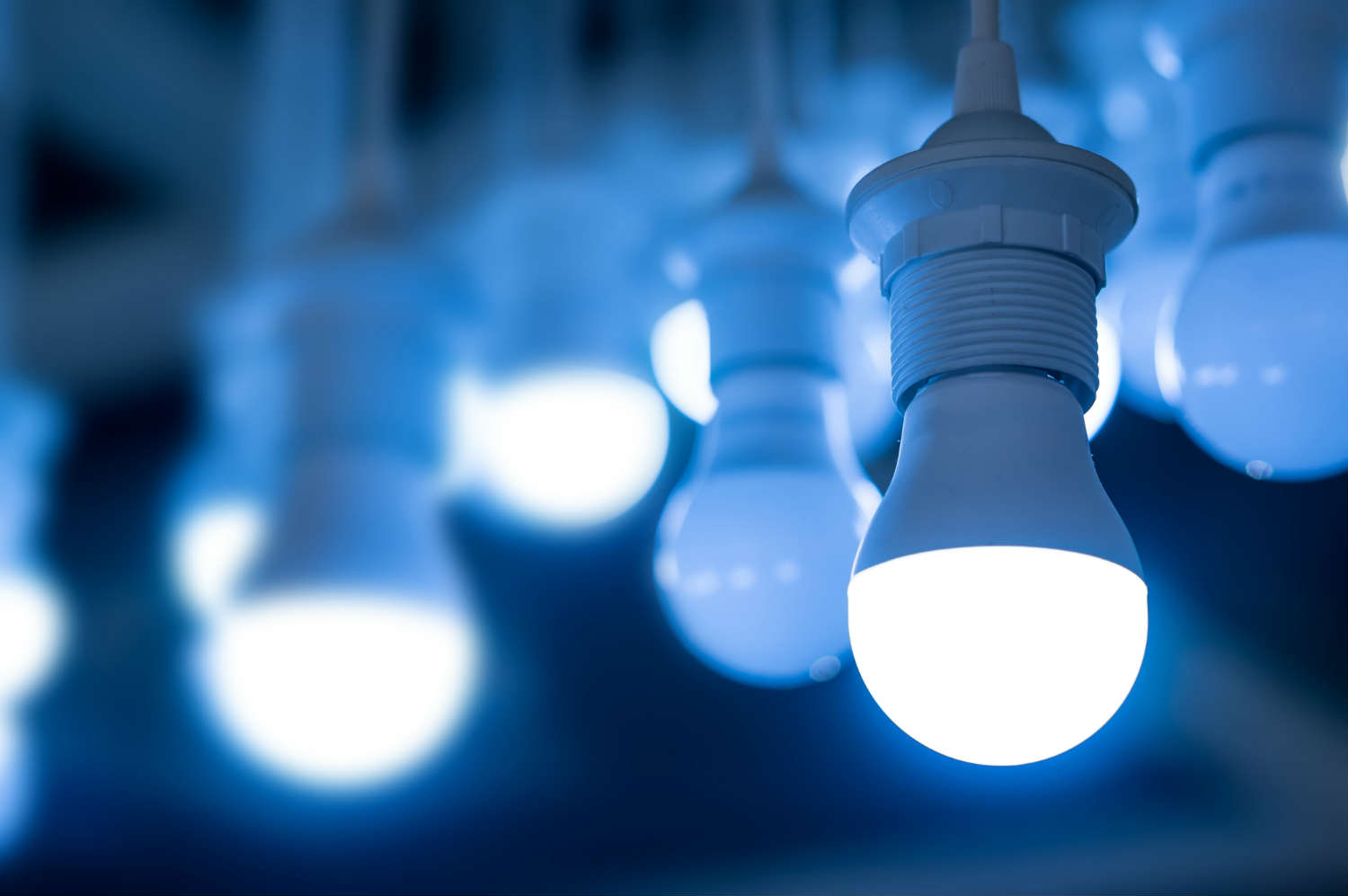Buying LED lights is not as easy as buying other types of lights, but once you know how to do it, it’s a piece of cake! You just need to know a few basics about this type of lighting, which helps you save more on your electricity bill and be more environmentally friendly.
Then the day comes, you’ve heard about the advantages of LED lighting. You know you need to change but you don’t know where to start. There you are, finally decided to look for your first LED bulbs, but there are so many different bulbs.
What do I need to know to choose LED lights correctly?
When selecting a traditional light bulb we are guided by the wattage. Until now it was easy, depending on where it will be placed and how much light we need, we choose more or less wattage.
We usually associate watts with the amount of light a bulb emits, but watts are actually an indicator of energy consumption. Of course, the more light a bulb gives off, the more energy it consumes. But, when choosing LED lights we need to know some basic concepts so that we can better choose which LED bulb to buy.
Understanding the concepts:
- A watt (W) measures the total energy consumption. They indicate how much power it consumes..
- A lumen (lm) measures the total amount of light emitted.
- Kelvin degrees (K) measure the temperature of light. They indicate the colour shades of light, which can range from slightly bluish to more yellowish.
- Luminous efficiency is the amount of light given off in relation to the energy consumed. It is measured in lumens per watt (lm/W).
- Illuminance measures the intensity of light falling on a surface. It is measured in lux (lx). 1 lux = 1 lumen/m2.
The biggest advantage of choosing LED lights is their low energy consumption and it is this significant saving on the electricity bill that this type of bulb offers us.
Now that we know what to look for when choosing an LED bulb, let’s take a look at how to choose the right one.
How to choose an LED bulb?
At this stage a question comes to mind and that is the amount or number of LED lights needed. If we have had traditional lighting in the house up to now, we may be gradually replacing it with LED lights and need some information on how to replace it.
In order to choose LED lights, it is important to consider several factors:
1. Lumens of LED bulbs
The energy benefit of having LED bulbs can be up to 80% savings in electricity consumption. The big advantage is that you pay according to the amount of watts consumed. Generally 1W is equivalent to about 90 lumens. You can consult our Luminous Efficiency Table.
2. The beam angle of the light
Depending on what we want to light you can choose between:
- A bulb with an beam angle of 40º to illuminate with a more focussed light. This direct lighting is more appropriate when we want to illuminate a specific point of light or play with light when decorating a space, highlighting a corner or illuminating reading areas, for example.
- A bulb with an beam angle of 120° if we are looking to fully illuminate a surface. This more open angle has a greater capacity to provide light with a single bulb. They are normally used to illuminate a rooms.
3. Light temperature
When purchasing LED lighting it is important to be clear about which colour temperature is best suited to the room you want to illuminate.
Bulbs can be classified according to their temperature into 3 types:
- Cool white (6500K). More intense white light, perfect for workspaces such as offices, kitchens…
- Pure or neutral white (4000K). Medium intensity, suitable for bathrooms, commercial premises…
- Warm white (2800K). More cosy and atmospheric. Ideal for living rooms, bedrooms.

4. Bulb adapter
The base of each bulb or lamp, i.e. the type of socket, is one of the most important aspects to look at before selecting an LED bulb. Learn about the different types of sockets that exist, their nomenclature and their design.

5. Use we make of it at home
In addition to the function that each LED bulb performs, it is important to consider certain factors that can affect the amount of light you need.
- The colour of the walls. Darker paint will require more luminance.
- Ceiling height. The higher the ceiling, the more power you need.
- Objects. Furniture and decorations in a room can cast shadows or reflections.
- Positioning of the lights. Depending on the type of light we need, we will place the lights in one position or another. Normally they will not be close to the walls, but if we are looking to create indirect lighting this can be a good option.
- Quantity. Several small lights distributed in a room can provide good illumination.
Now that we know and understand the characteristics of an LED bulb, we can make our own choices when it comes to choosing LED lights. Are you up for it?

